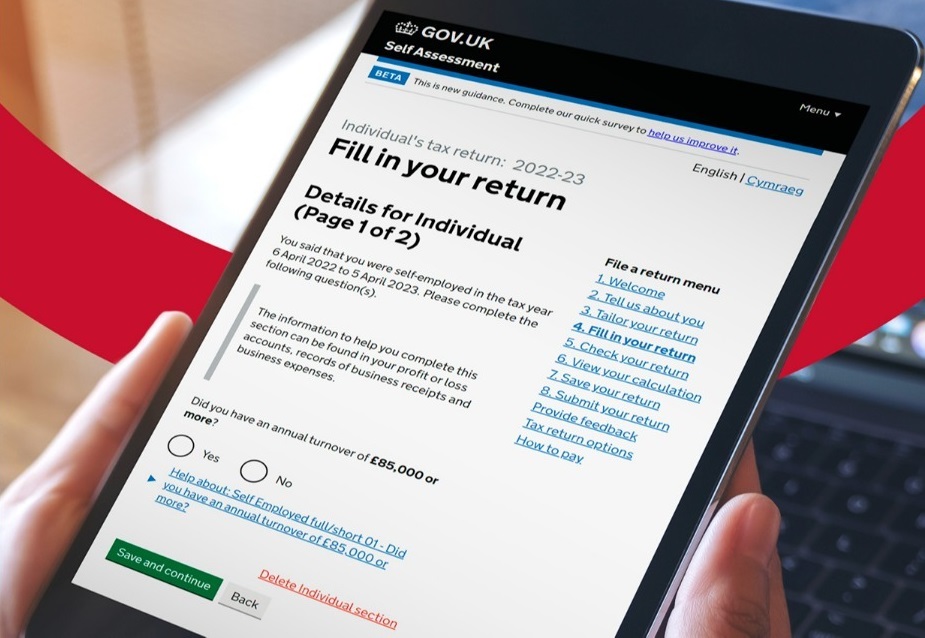BEIS-led rollout has focused too much on speed, auditors find
The government will miss its target of introducing a smart meter into every home in the nation by 2020 – and the aspiration is adding to the programme’s cost and complexity, the National Audit Office has warned.
According to a report from the public finance watchdog, the Department for Business, Energy and Industrial Strategy decided to push for a quick rollout of smart meter technology for the £11bn programme “without making an economic assessment of its implications”.
The NAO said that BEIS had also underestimated how long it would take to implement infrastructure and technical standards for the second generation of smart meters, which allow people to switch power providers remotely. One result is that some 12.5 million first-generation smart meters have been installed – more than double the department’s planned 5.4 million – in order to make progress toward the target.
According to the NAO, only 110,000 second-generation smart meters had been installed across Britain as of the beginning of this month, with “several” aspects of the meters’ functionality still being tested.
Smart meters show consumers how much energy they are using measured in pounds and pence, and they also allow remote meter reading.
Related content
- Department for Business, Energy and Industrial Strategy offers £125k for a CDIO
- Local energy trading and smart-home tariffs – Ofgem picks five playmates for sandbox scheme
- BEIS on the hunt for digital and data director duo
But the NAO said around 70% of first-generation smart meters “go dumb” when customers switch suppliers because the new provider is unable to communicate with the meter. It said that 943,000 of the units were currently believed to be in that situation.
It said that most benefits associated with smart meters were long term, so there had been no need for a rapid rollout of the programme – which BEIS estimated in 2016 would cost £11bn to deliver, but bring economic benefits of £16.7bn.
The NAO said the true cost of rolling out smart meters had since increased by “at least £0.5bn”, which it said was likely to be a “conservative estimate” because it did not include the cost of replacing first-generation meters or factor in any failure to bring down installation costs.
NAO head Sir Amyas Morse said it was clear that costs were rising and timescales slipping for the smart meter programme, but acknowledged that it could still succeed over time.
“BEIS has taken most of the decisions that matter on the programme so far,” he said.
“They now need to take responsibility for getting it back on track and protecting the interests of consumers who will ultimately meet the bills.”
The NAO said energy suppliers now anticipated that 70%-75% of domestic and small-business energy meters would be replaced with smart meters by the end of 2020. It said that as of June, around 39 million meters still awaited replacement.
Rachel Reeves, who chairs parliament’s Business, Energy and Industrial Strategy Select Committee, said BEIS had “serious questions” to answer about the smart meter programme.
“Consumers have faced considerable frustration, experiencing glitches with their meters, or finding their smart meters go ‘dumb’ when switching supplier,” she said.
“It’s important that consumers are genuinely able to realise the savings available from having smart meters installed in their homes.
“As a committee, we will be keen to examine in our evidence hearing in the New Year whether it is feasible, desirable and cost-effective to continue to plough ahead with the government’s 2020 target. “
Energy and clean growth minister Claire Perry said BEIS had pledged everyone would be offered a smart meter by the end of 2020 to help them cut their bills and that the department would “meet that commitment”.
“This world-leading upgrade to our national infrastructure is the cornerstone of our move to a smarter energy system of the future and will bring benefits to consumers and industry worth up to £40bn,” she said.
BEIS said more than 400,000 smart meters were being installed every month and that they would offer an annual average saving of £47 per household by 2030.



